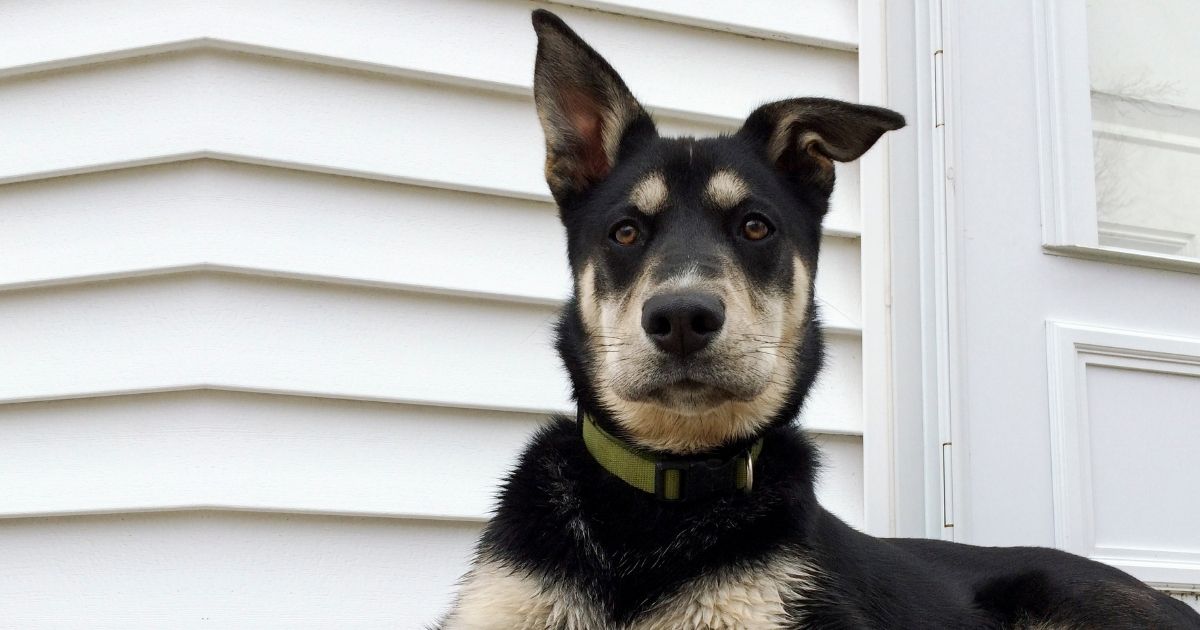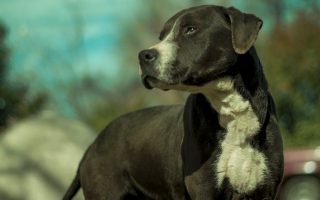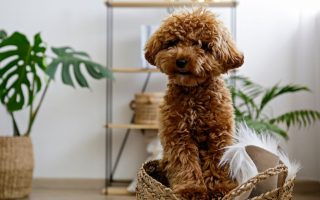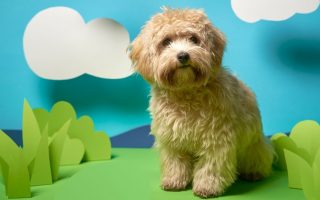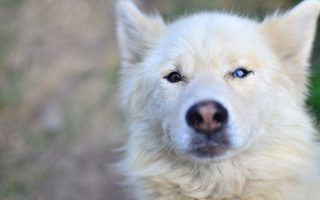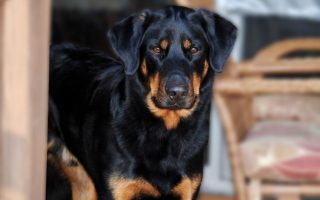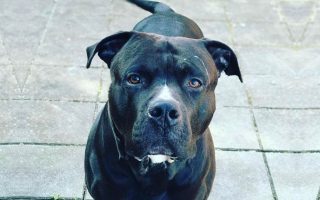Known as the Labsky or the Huskador, the Lab Husky mix is a cross between two America’s favorites, the Siberian Husky and the Labrador Retriever.
It originated in the 1990s and is more popular than many other designer breeds.
This intelligent and active dog breed got the best of both sides, and if you’ve ever been confused over which parent to choose, why not get both in one mix?
However, do not let the popularity of both parents fool you.
The fame of the Labrador or the beauty of the Husky does not necessarily make this designer dog breed a good fit for you.
The Huskador has its needs as well as its challenges, and you shouldn’t get one if you’re not certain you can take care of it.
Here’s all you need to know about the Labsky breed, from basic facts to its traits. You will also get suggestions on handling this breed.
Labsky Breed Information
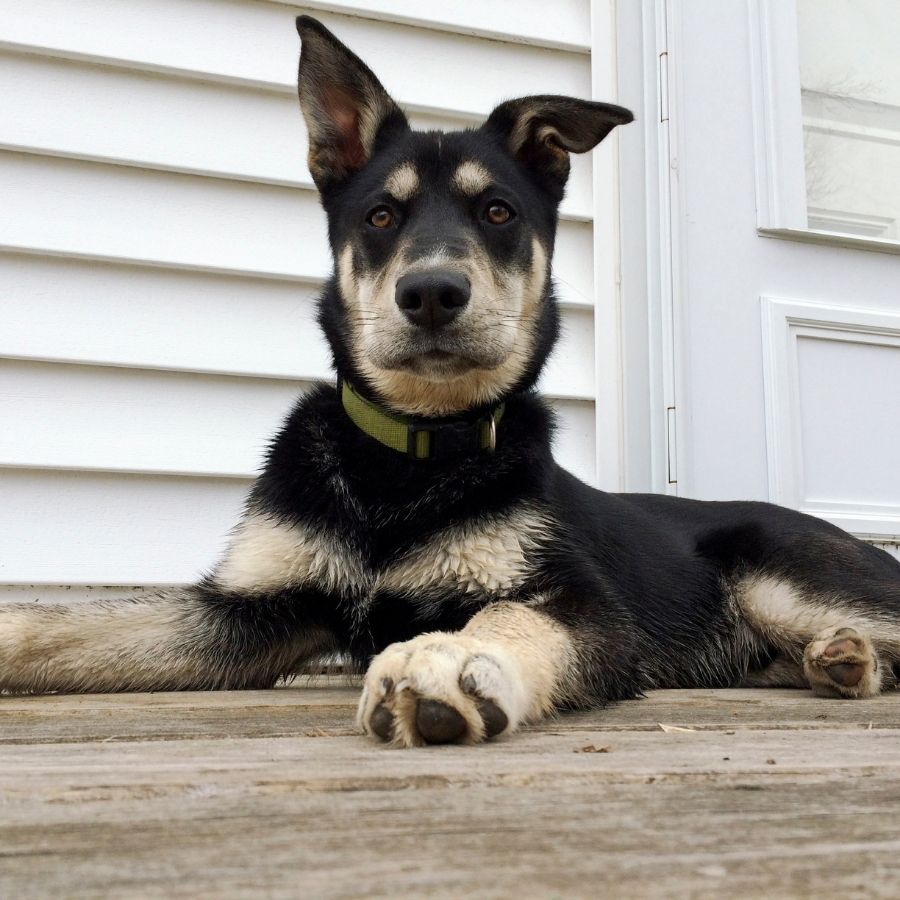
| Height | Males: 21 to 28 inches Females: 20 to 24 inches |
| Weight | Male: 40 to 60 lbs Female: 40 to 55 lbs |
| Lifespan | 10 to 15 years |
| Coat | Silky, medium |
| Colors | Cream, brown, black, gray, white |
| Temperament | Happy, active, loyal |
| Hypoallergenic | No |
| Ideal For | Experienced owners, active families |
| Breed Recognition | Dog Registry of America (DRA) |
| Puppy Price | $400 – $1,500 |
Lab Husky Mix Puppy Characteristics
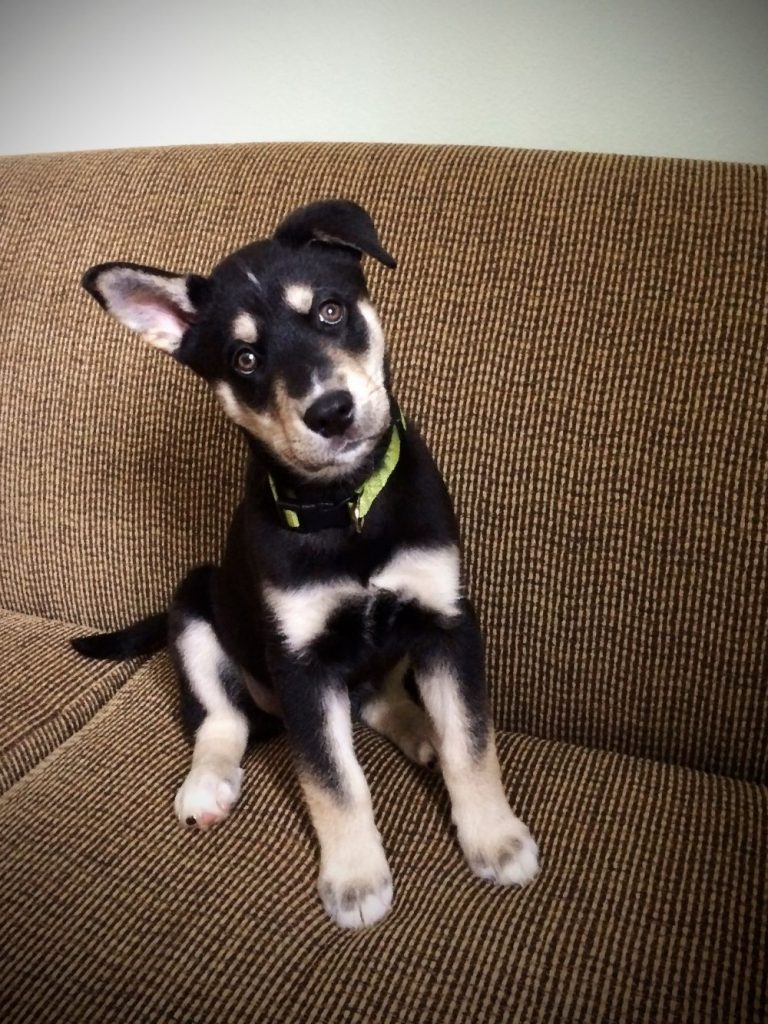
| Health | High |
| Grooming | Medium |
| Friendliness | High |
| Energy | High |
| Trainability | Medium |
The Parent Breeds
Labrador Retriever
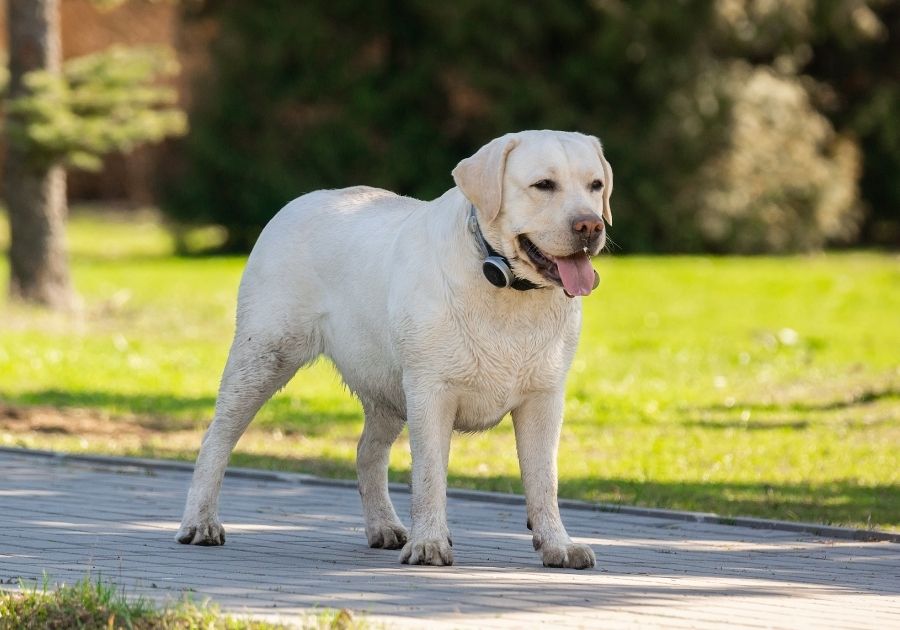
The Labrador Retriever (Lab, for short) is a native of Newfoundland in the 19th century.
Its initial name was St John’s Dog and it was bred to assist local fishermen in their job.
These dogs retrieved fish and played other functions like being companions.
The Labrador got into the United States in the early 1900s and was recognized by the American Kennel Club in 1917.
After surviving near extinction, it became the most popular dog registered by the AKC in 1991.
The Lab is a medium-sized dog breed that weighs 55 to 80 pounds and grows up to 24 inches tall at the shoulder.
It has droopy ears with a sturdy build, strong legs, and a broad skull. The eye color is brown.
The Labrador has a double coat, a short and thick topcoat, and a softer undercoat.
Chocolate, black and yellow are the common colors of this breed.
One factor that makes Labrador so popular is its likable personality.
This breed is friendly, eager to please, and intelligent.
It is also easy to train, a feat that can be undertaken by first-timers. Some are energetic while others are mellow.
Siberian Husky
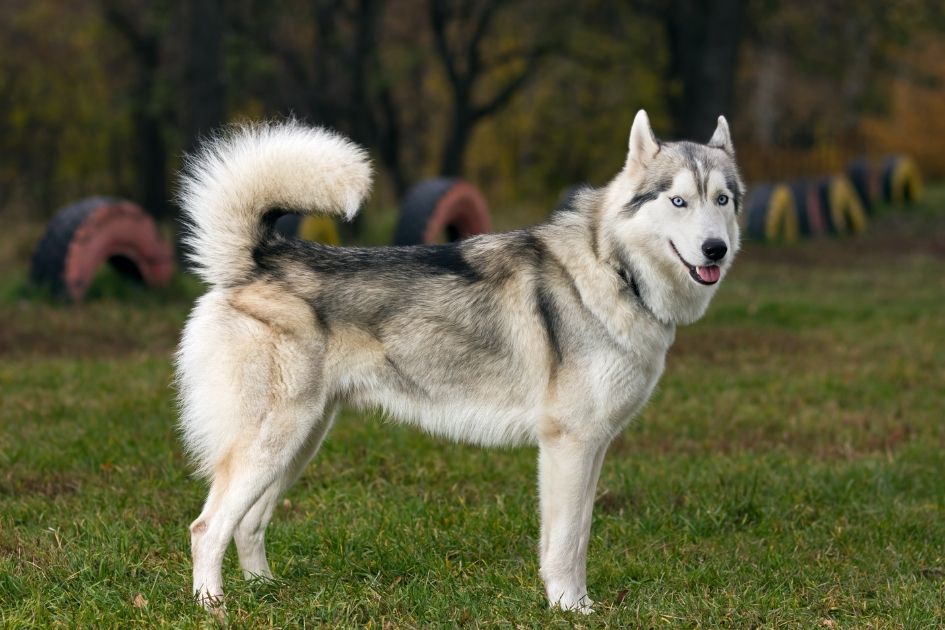
The Siberian Husky is one of many other sled dogs from the Arctic region and one of the oldest dog breeds.
It originated in Siberia and began its canine journey pulling sleds for the members of the Chukchi tribe and providing warm company for the family at night.
It got into the United States in 1908 where it partook in the Alaskan gold rush.
The American Kennel Club recognized the breed in 1930.
Husky is also medium-sized like the Labrador Retriever. It weighs 35 to 60 pounds and grows as tall as 23 inches.
It also has a double coat with a straight topcoat and a soft undercoat.
Its wolf-like appearance adds to the overall appeal, with the erect ears and striking blue eyes.
Notwithstanding the wild appearance, the Husky isn’t a fierce dog.
It makes a poor guard dog because of its social nature.
Not one to be wary of strangers, the Husky is friendly.
It does need an experienced owner who’s active as well to handle its stubbornness and energy.
Lab Husky Mix Facts You Need to Know
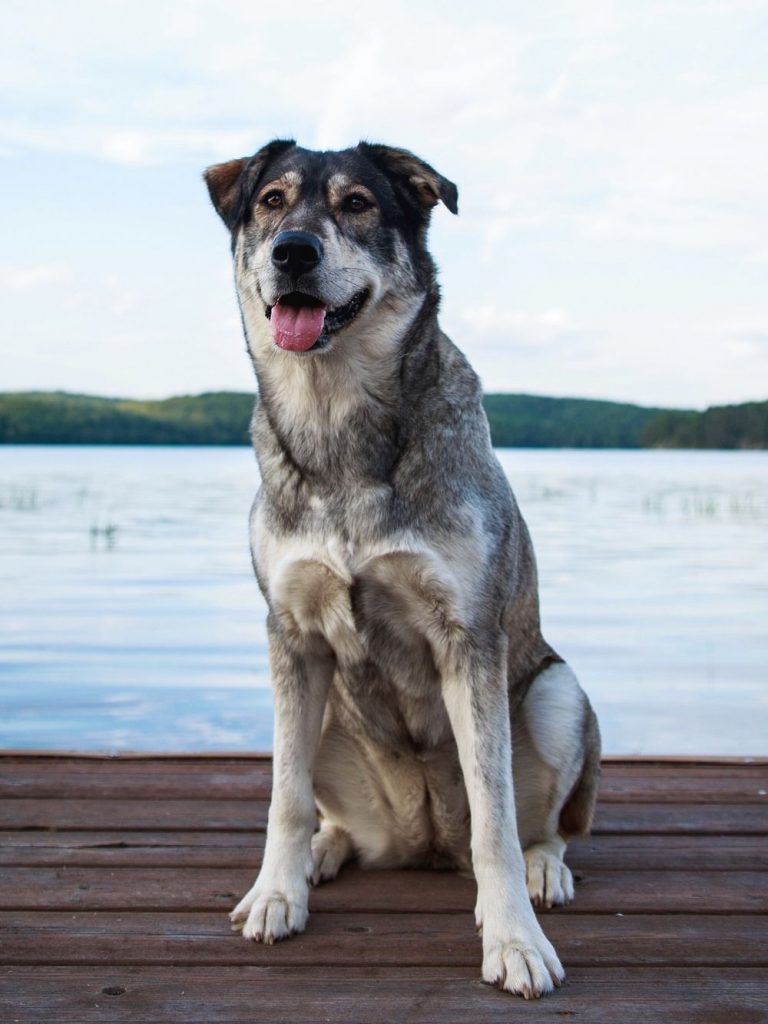
1. The Labsky is not fit for new pet parents
Although the Labrador parent is fit for a novice, the Husky isn’t.
Thus, even a Huskador with a dominant Lab gene is not recommended for a new pet parent because it might have a high energy level, and the recessive Husky gene could still make it stubborn.
While the mix isn’t highly difficult to train, it would fare better in experienced hands.
2. It is not hypoallergenic
Both parents have double coats with shedding seasons that’d require a good vacuum cleaner.
The dead hair can easily trigger allergies, making this mix unadvisable for people prone to allergies.
3. Heterochromia is apparent in some members of this mix
Heterochromia is a condition that leaves both eyes with different colors.
Some members of this mix are known to combine the blue of the Husky and the brown of the Labrador in each eye.
4. The Huskador becomes fully mature between 18 and 24 months
Many dogs become fully mature at 12 months (1 year) but the Labrador is known to mature slowly.
Because of that, the Huskador may not be fully grown till 18 months or even 2 years.
5. They love people
The Labsky is more of a lover than a fighter, and would rather befriend a stranger than stay suspicious.
It enjoys human company.
Appearance of the Siberian Husky Lab Mix
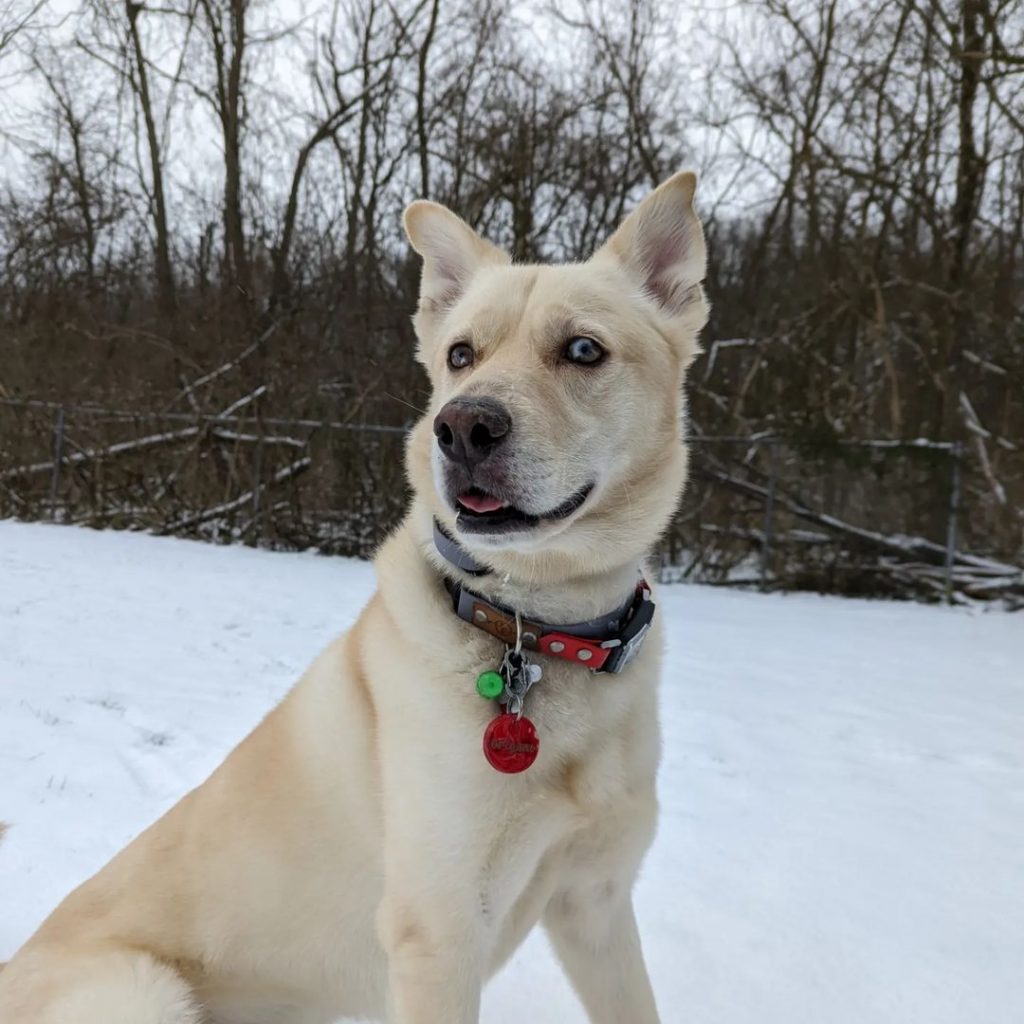
General Appearance
Designer breeds with different-looking parent breeds don’t have a uniform appearance.
Labsky falls under this category. These distinctions are not apparent in Labsky puppies as they may look the same.
However, as the dog matures, its peculiarities pop up.
Your Huskador may look more like the Labrador with its droopy ears, or have the wild face of a Husky.
Its eyes could either be blue or brown or a combination of both. Either way, it will be athletic, strong, and light on its feet.
Size
Because both parents are medium to large dog breeds, the mix will be too.
The Huskador often weighs 40 to 60 pounds and has a height range of 20 to 28 inches.
Colors and Coat Type
The common colors you would find on a Husky are black, white, red, or agouti, with some markings.
The Labrador often has black, yellow, or chocolate. Both coats are similar, so expect your Huskador to have a double coat as well.
Whichever genes dominate, you are likely to find a chocolate Lab and Husky mix, a black Lab and Husky mix, or a yellow Lab Husky mix.
White Lab Husky mix is also an option because of the Husky’s influence. You could find some markings as well.
Lab Husky Mix Temperament
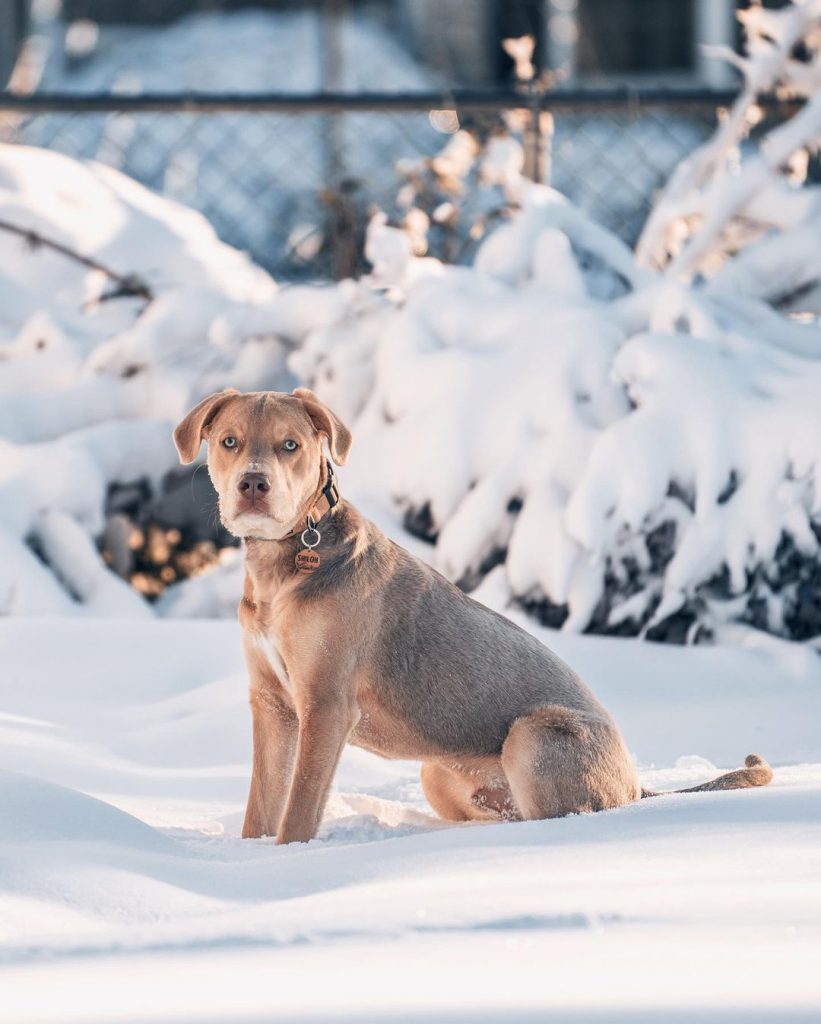
What do you get as a personality when you combine a good-natured Labrador with a friendly Husky?
Nothing but delight, fun, and laughter. A loving mix with an affectionate heart, Labsky is a sweet canine friend.
Like its parents, it is loyal and alert.
Though not a good candidate for guard dog duty, you can train the Huskador to be a watchdog.
It shouldn’t be left alone for long though. While it is a worker, it is also a companion.
Its working nature makes it an active and energetic crossbreed, so the ideal owner must be comfortable with a daily exercise schedule.
That said, if the Labrador Retriever parent is laid-back, it will dampen the energy level of the mix.
The same balanced trait occurs during training.
The Husky part of the mix gives it a stubborn inclination, but that can be reduced by the Lab’s easygoing nature.
Are Lab Husky Mixes Good Family Dogs?
Historically, both parents have been companions for their families.
Thus, the Husky Lab mix is fit for a family. It is kid-friendly and can make a good playmate for children, but it may become overwhelming for toddlers if it is highly energetic.
Even bigger kids need supervision to prevent accidents.
Other than that, Labsky won’t hurt a child on purpose.
Are Huskadors Good With Other Dogs & Pets?
Labskies are cooperative with other dogs as both parents are not known to be aggressive towards fellow canines.
They are fit for a multiple-dog household. However, their high prey drive may turn out to be a problem for smaller pets.
How Much Does a Lab Husky Mix Puppy Cost?
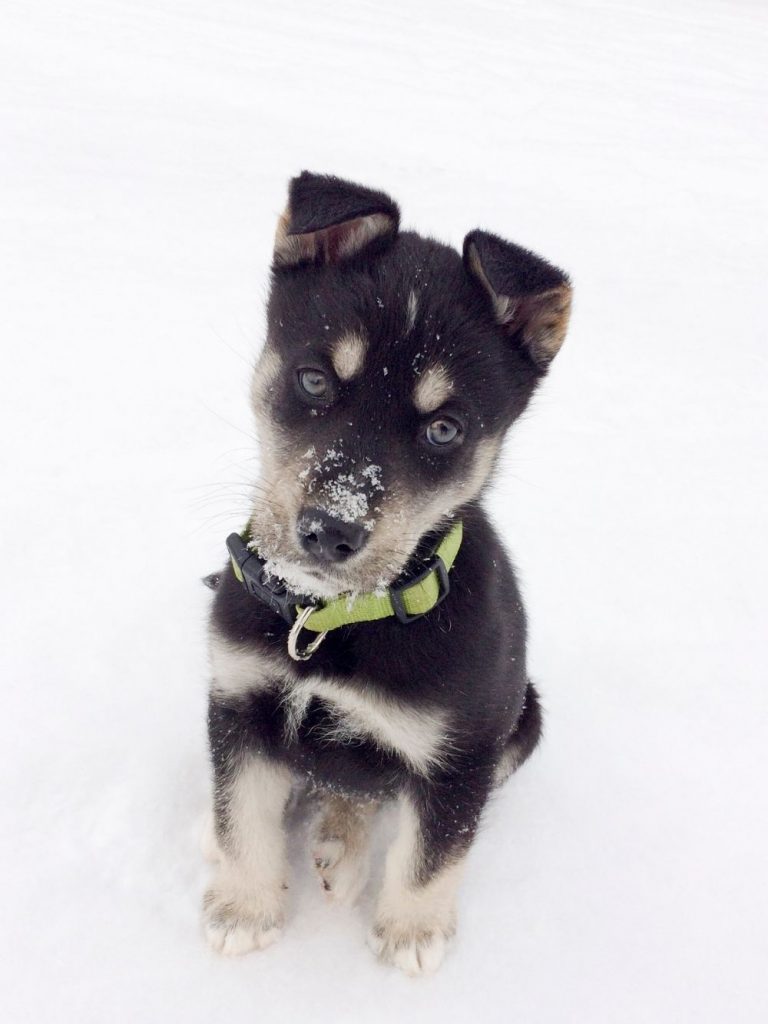
The initial price of a Labsky depends on a lot of factors like the pup’s pedigree, the breeder in question, and how available the mix is.
Having said that, it is cheaper than its parents.
While the Husky costs between $800 and $2,500 with the Labrador getting to $3,000, the Lab and Husky mix puppy’s price range starts from $400 and gets to $1,500.
Besides the initial price, budget the costs of the equipment you’ll need to take care of this breed. Some of them are:
- Grooming kit
- Dog bed
- Feeding bowl
- Toys
The Labsky can easily be found with a breeder who sells the Labrador or the Husky.
Because both parents are popular, it shouldn’t be a problem locating this mix.
However, popularity has its downsides. It makes it more probable that you stumble on a badly bred puppy who might even have some pre-existing conditions.
Getting from a backyard breeder is cheaper, but the risk isn’t worth it.
Find a good breeder who knows his/her work and who will answer all the questions you have.
A good environment is a plus, along with necessary documents. A good breeder might even have some questions to ask.
Care to adopt a Huskador from a rescue shelter?
Recently, more pet experts and animal activists uphold adoption over shopping.
Whether you agree with their views or not, adoption is a valid option.
It is also cheaper than shopping, and the rescue shelter staff are more likely to be trustworthy.
Find out if the Labsky you wish to adopt was a stray, what medical conditions it might have, and whether it was abused.
Lab and Husky Mix Food and Diet
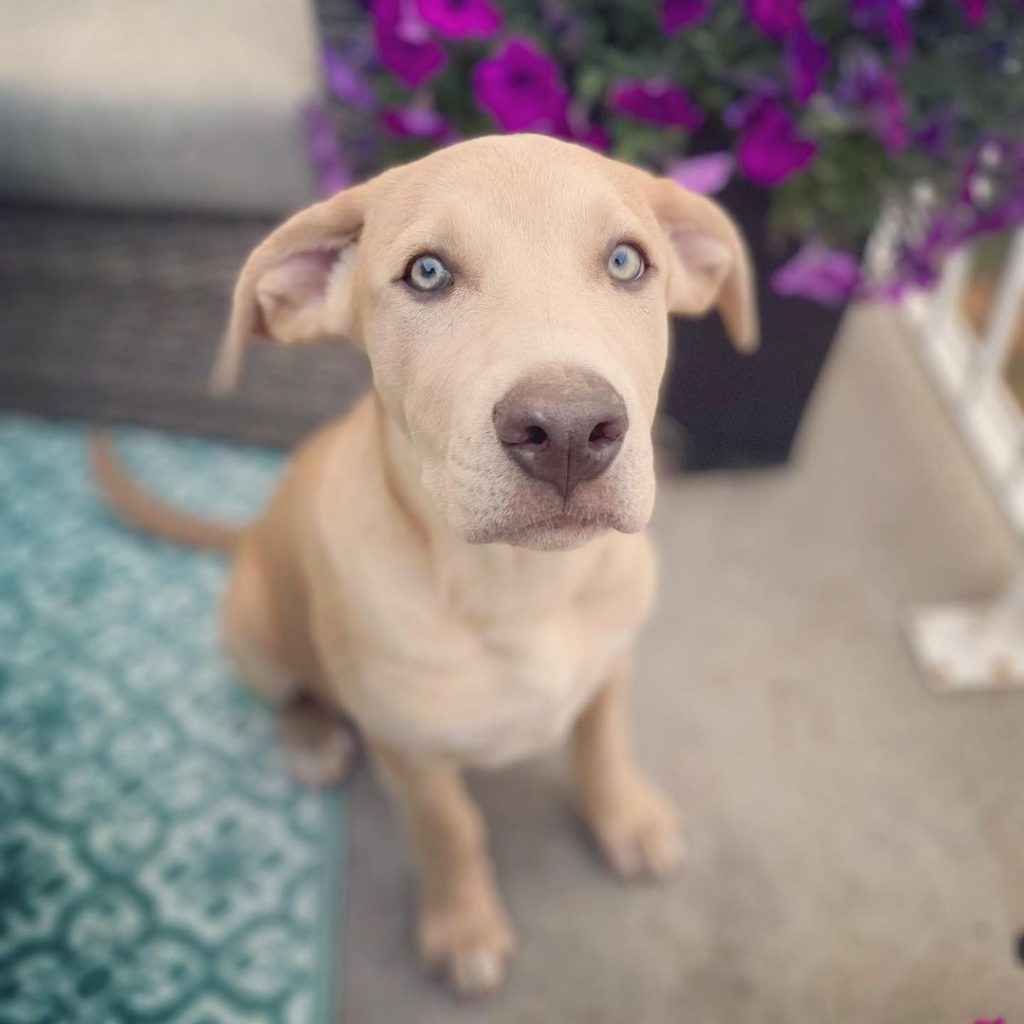
Labsky’s dietary plan should be tailored to fit its size and energy level.
The calories consumed should be at a level that won’t count as overwhelming.
The parents of this mix aren’t voracious eaters, but too many calories can lead to obesity.
That won’t be good for their athletic shape.
Labs are known to beg for food, a behavior that shouldn’t be indulged in the offspring.
The universal doggy diet guidelines apply to this breed. It needs a high amount of lean protein.
Animal protein is better than plants, though the latter adds value too.
Omega 3 fatty acids, minerals, and vitamins should not be exempted.
Added to these, a small quantity of fat and carbohydrates helps with energy.
Feeding is influenced largely by age, size, and the activity level of the mix.
A veterinarian or nutritionist is your best guide to knowing how many cups your pet needs and what product to get, but bear in mind the influential factors as you establish a feeding schedule.
Coming back to the begging behavior of the Labrador that the Huskador might inherit, be careful even when giving it a little piece of the human meal.
Besides the sensitive stomach it might get from the Husky, some human meals and ingredients are toxic to dogs.
These include salt, chocolates, garlic, onion, and more.
Related:
Top 10 Best Dog Food For Huskies (Review & Feeding Chart)
Lab Husky Mix Exercise Nedds
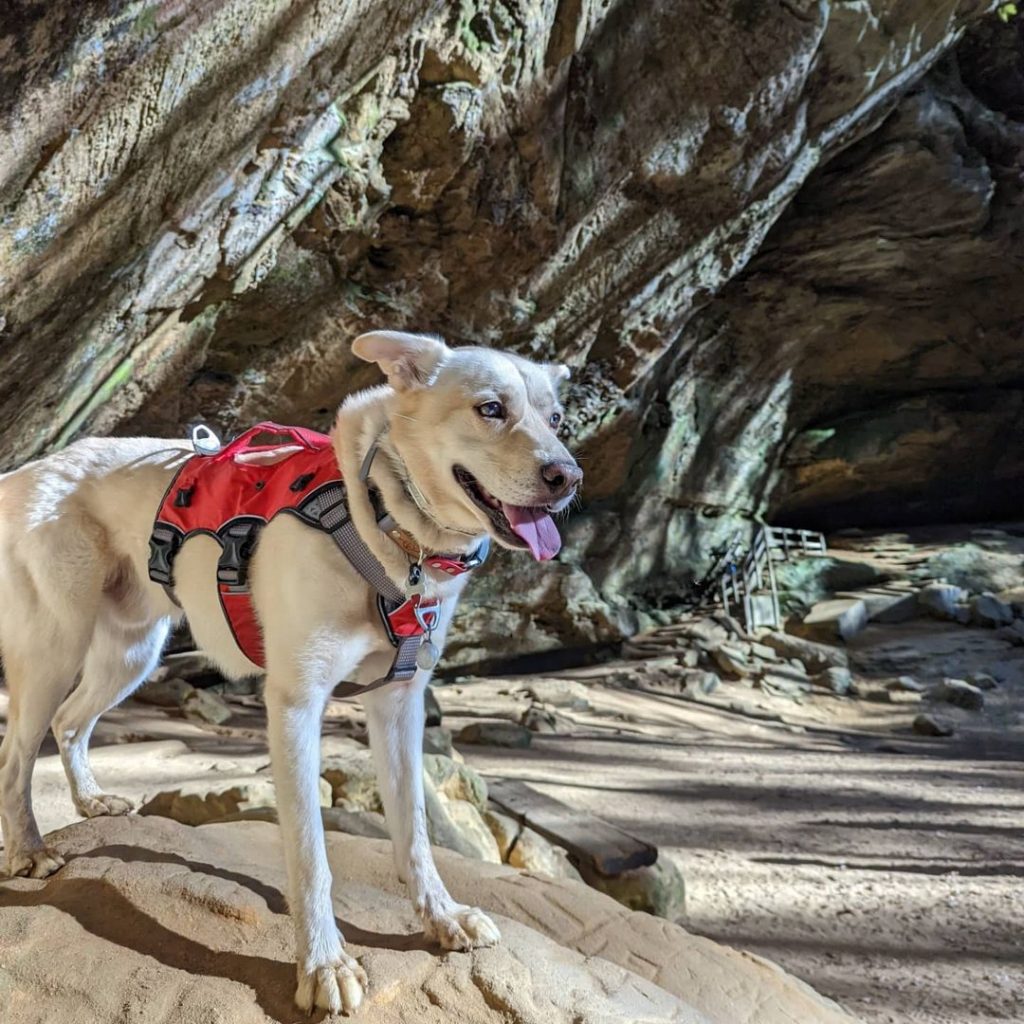
The next requirement to meet is exercising your Lab mixed with Siberian Husky.
Whether it is laid-back or energetic, it needs regular physical and mental activities.
A bored Labsky may take out its frustration on your environment and properties.
These undesirable behaviors include digging holes in the yard and chewing on pieces of furniture.
Exercise should go for at least 30 minutes for the laid-back Labsky and 1 hour for the energetic one.
There are many options to exercise this breed, and an old-fashioned walk is the most common.
This Huskador makes a good hiking partner for those who have that as a hobby. It could also be left to run around the park or open space.
Most of these dogs know how to swim, so swimming can be included too.
The mental activities should challenge the intellect of this intelligent breed.
Puzzles, scent games, and tricks are good ways to keep the Huskador’s mind stimulated.
Like feeding, exercise is influenced by the 3 main factors of age, size, and activity level.
It is hard to predict if the Huskador will be stubborn like the Husky or eager to please like the Labrador Retriever.
Either way, some guidelines apply. One of such is to start training and socializing from an early age.
If it inherited the Husky’s stubbornness, starting early will curb that. If it didn’t, the early start will prevent it from developing behavioral problems.
Socialization is necessary to help it be less likely to attack smaller animals or get timid to the point of developing fear-based aggressiveness.
Let it accompany you to new places and even the dog park.
Introduce it to visitors and encourage your guests to be comfortable around your pooch.
Obedience training teaches your dog to understand commands and respond to them.
The Huskador is highly intelligent and won’t need too many repetitions before learning a command, but remember that dogs do not have the same mental capacity as humans.
The commands should be in one word. Sit, Stand, Come, Roll are some good examples.
Positive reinforcement is the best theory to use on any dog breed, including Labsky.
Harsh treatments and punishments should be avoided, even if the mix is hardheaded.
Grooming Your Lab Mixed with Husky
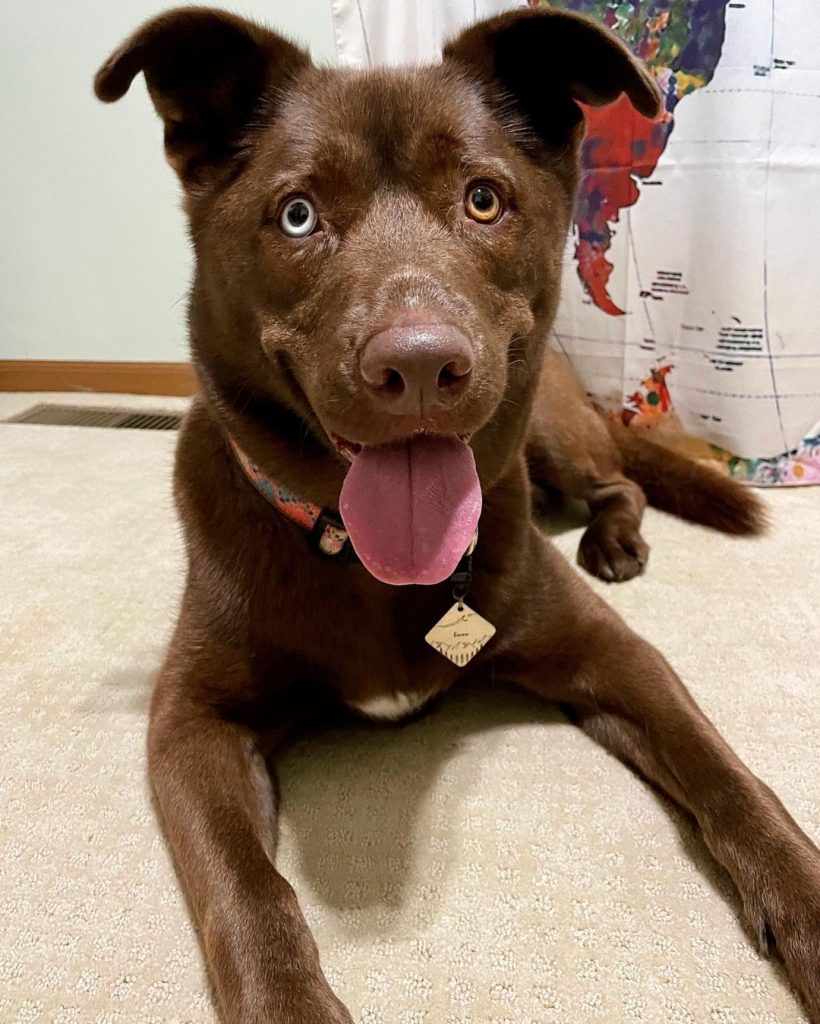
Grooming the Labsky requires effort time and a lot of vacuuming.
On a regular day, you should brush the coat twice a week.
When it sheds in spring and autumn, brushing should be increased to 3-5 times weekly to clear off dead hair.
During these seasons, you also need the vacuum cleaner or you risk having an environment filled with dog fur.
Unless it gets dirty, bathing should be done once in some months.
If the mix inherits the feline, self-cleaning nature of the Siberian Husky, it may not need bathing for a long time.
After those, cover other forms of hygiene. Clean its ears regularly to prevent excessive wax and dirt.
If its ears droop like the Lab, it will be prone to an ear infection. Be observant while you clean.
Brush its teeth regularly and trim its nails before they get too long and put it at risk of injury.
Clean the gunk off its eyes too and wipe the areas around.
As training, it is best to start grooming early as that would help your pup get used to being touched and prodded.
Also Read:
How To Cut An Uncooperative Dog’s Nails (Pro Tips)
Husky and Lab Mix Health Problems
With Labsky’s life expectancy of 10 to 15 years, it has a really long lifespan and can live a healthy life with an owner who’s dedicated to its welfare.
Good diet, regular exercise, hygiene, and checkups help it stay healthy for long.
One should also know what health problems the Huskador is vulnerable to. Some of these conditions are:
- Obesity: The Labrador Retriever has a gene mutation that makes it vulnerable to weight gain, a condition that might be inherited by the Mix.
- Eye conditions: Cataract and Progressive Retinal Atrophy (PRA) are the common eye conditions that affect this Mix and its parents.
- Allergies: The Labsky is susceptible to allergic reactions, so mind what you feed it and where it goes.
- Hip dysplasia: Hip dysplasia is a popular dog illness that affects the hip joint of the ailing dog.
- Ear infection: Labskies with drooping ears of the Labrador are vulnerable to Hip dysplasia.
Are Lab Husky mixes aggressive?
The Lab Husky Mix, like its parents, is not known to be aggressive unless it was badly trained.
Are Husky Lab mixes good dogs?
The Husky and Lab mixed breed is fortunate to have parents with good traits, so the members are good dogs.
They have high intelligence, loyalty and are friendly.
How big do Lab Husky mix get?
Siberian Husky Labrador mixes are medium to large-sized hybrids. They get as big as 40 to 60 pounds and grow as tall as 20 to 28 inches to the shoulder.
Do Lab Husky mixes shed?
Labrador Husky mixes have a double coat that sheds massively during spring and autumn, making it inadvisable for allergy sufferers.
Wrap it Up
The Labsky is a designer breed that integrates well into many families and is a joy to have.
With the lovely nature of the Labrador and the friendliness of the Husky, the Huskador is a happy pup to have.
It needs an owner who’s active, experienced, and committed to its welfare.
Other Labrador and Husky Mixes You May Like:
- Rhodesian Labrador
- Greyhound Lab Mix
- Husky Pug Mix
- Pyrenees Husky Mix
- Boxsky
- Samoyed Husky Mix
- Beagle Husky Mix
- Dalusky
- Chihuahua Husky Mix
- Shiba Inu Husky Mix
- Husky Bulldog Mix
References:
- National Library of Medicine: A genome-wide association study for canine cryptorchidism in Siberian Huskies.
- Wikipedia: Labrador Retriever.
- AKC: Siberian Husky Dog Breed.
- Hill’s Pet: Heterochromia in Dogs: Why Your Dog Has Different Colored Eyes.

